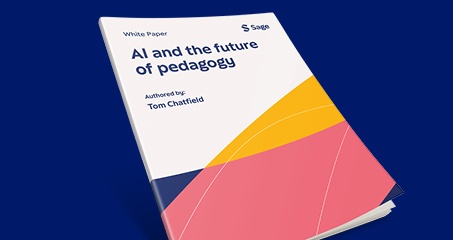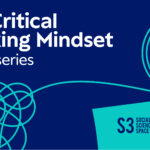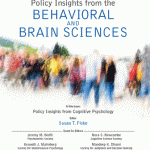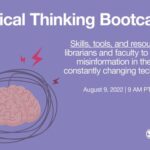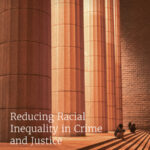How to Mobilize Narratives in Megaprojects?
Johan Ninan, assistant professor at Delft’s University of Technology, and Natalya Sergeeva, associate professor at University College London, discuss mobilizing narratives in megaprojects and answer questions about their paper, “Mobilizing Megaproject Narratives for External Stakeholders: A Study of Narrative Instruments and Processes,” published in Project Management Journal.
Existing research records that a common narrative is essential to create a collective identity and drive an initiative across multiple often conflicting goals. In the case of megaprojects, there is an ongoing flow of narratives mobilized by different stakeholders who are for and against the project throughout the project life cycle. Both promoters and protesters attempt to shape the megaproject narratives according to their vested interests and often the success of a megaproject depends on which of these become the dominant narrative.

Many megaprojects across the world such as the Westconnex project in Australia, the Statue of Unity in India, the High Speed Two (HS2) rail project in the United Kingdom, etc. experience resistance from external stakeholders. Conflicts or resistance from these stakeholders can adversely affect or even kill the project. For instance, in the East-West link road project in Melbourne Australia, a narrative of huge cost to the taxpayers, led to community protests and even became an election issue. The party that formed government after the election cancelled the project after 1.1 billion AUD had already been expended. Similar cases across the world motivated us to study how narratives are mobilized in megaprojects and what can be done to create a favorable narrative for the project.
We chose to qualitatively analyze the different narratives in the HS2 megaproject to understand how megaproject narratives are mobilized. In contrast to data collection interviews with respondents which rely on the recollection of narratives, we chose to observe narratives in practice. The most challenging aspect of conducting this research was to identify the different narratives in practice in the HS2 megaproject from both the promoters and protesters.

The innovative part of this research is its use of online news article data, which is naturally occurring data. These news articles became our primary data source and their qualitative analysis helped us understand the different narratives and how they were mobilized. We observed three instruments: stories, labels and comparisons that undergo four processes: repeating, endorsing, humorizing and actioning. Our empirical evidence demonstrates how narratives shape the vision of the megaproject, the identity of the megaproject, and the perception of justice for the community regarding the megaproject. We highlight how with these instruments and processes narratives can be built upfront for the successful delivery of projects from an external stakeholder management perspective.
Megaprojects cross multiple stakeholders and a common narrative is important to bring people together and drive change. More research is required to understand the practice and dynamics of narratives to successfully deliver megaprojects. In the modern digital era, significant data is created in the digital space which needs to be investigated to study organizational practice. Digital data from different repositories can be treated as primary data if the right questions are asked. For example, we sought to study how narratives are mobilized and turned to online news media articles where they naturally occur.







